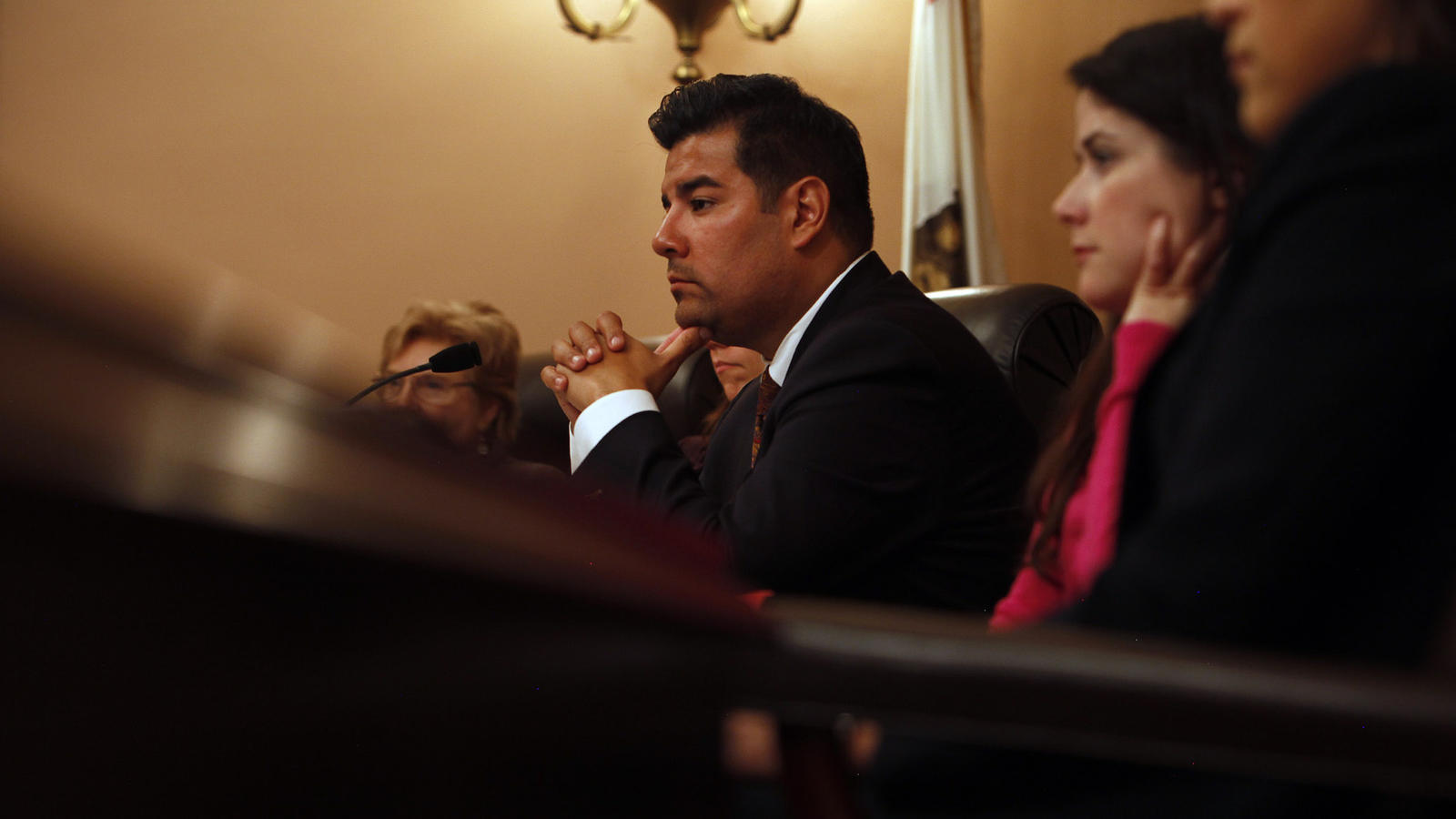The Costs of Single-Payer Health Care in California
BY ANTONIO CASTILLO

Debates over health care policy took center stage throughout the Obama presidency. In fact, the Republican Party hinged their election platform on their opposition to President Obama’s reforms, resulting in three electoral victories. Hereafter, in the Trump presidency, Republicans plan to make good on their promise to Americans and repeal the controversial Affordable Care Act; The Hill reports 70 percent of Americans support a full repeal.
Nevertheless, the Democrats insist upon retaining the gargantuan policy, whatever the costs. Such sentiments are augmented by the complete left-wing takeover of the party, which began in 2008 and culminated in the election of Tom Perez as DNC chairman. Likewise, in California, lawmakers intend to craft their own health care policy, prospectively more radical than the Affordable Care Act. On Feb. 17, state Sen. Ricardo Lara (D-Bell Gardens) introduced a bill that, if passed, will create a single-payer healthcare system in California.
Despite the increasingly liberal tendencies of voters in California, the battle to craft a single-payer system will be an uphill battle for Democrats. In the November 2016 election, 54 percent of voters rejected Prop. 61, which would have implemented controls on drug prices. Any Californians who recently visited a government-operated service, such as the DMV or the post office, probably do not believe that government-controlled health care would be “first-class,” as some Democrats contend.
Beyond whether Californians desire single-payer health care, there is the question of whether such a policy is feasible. In 2005, California Democrats failed to implement a single-payer policy. That year a committee projected the policy would cost approximately $167 billion, of which less than half would be covered by existing government revenues. In 2017, the policy would be more expensive given that health care costs have risen in the last decade. By the same token, a single-payer system would require European-esque levels of taxation. Although Californians may be comfortable with slight tax increases for the top 4 percent, single-payer health insurance would most likely require significant tax hikes for everyone.
Additionally, whether a single-payer plan is beneficial is questionable. One year ago I wrote, “[controls on drug prices] actually exacerbate supply difficulties and heighten the possibility of drug shortages.” Professor Yanick Labrie, an economist at the Montreal Economic Institute, points out that shortages seen in recent years are mainly shortages of generic drugs, and that this coincides with the Canadian government’s lowering of prices caps. According to his research, barely 21 percent of the new drugs approved by the Canadian government between 2004 and 2011 were found on the lists of products covered by drug insurance plans. During this period, the average delay before new drugs became reimbursable by public plans was 659 days. These ill-advised policies not only reduce patients’ access to current drugs, but also discourage investments, which are necessary to create new drugs. In many cases, new drugs actually reduce overall health care spending.
Both the efficiency and quality of single-payer healthcare are questionable as well. Problems with long waiting lists pervade in countries with single-payer systems. For instance, the Supreme Court of Canada noted in 2005 that “access to a waiting list is not access to health care. [As noted], there is unchallenged evidence that in some serious cases, patients die as a result of waiting lists for public health care.” Despite assertions that single-payer systems are progressive and popular, Europeans and Canadians are gradually moving away from such systems. In Canada, the government has begun to allow private firms to provide healthcare services that Canadians were previously forced to obtain in the United States. Similarly, Sweden (a heartthrob for all leftists) has experimented with gradual healthcare privatization.
All in all, a single-payer system seems neither feasible or beneficial, and it is questionable whether Californians desire a single-payer system. Voters and their representatives have rejected similar proposals in the past. On the same note, the costs, such as higher taxes and possible budget shortfalls, outweigh the supposed benefits: “first-class” government-administered health care. In other western nations, citizens have become disenchanted with their public health care systems and are seeking other options. Californians should avoid their mistakes.
